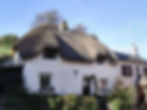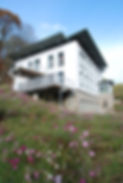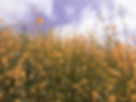
Cob Construction Meets Permaculture

Changing the Concepts of Construction and Agriculture
In the US, climate change and a changing socioeconomic landscape are causing dire problems for the average American. Water is becoming scarcer, healthy food is becoming more expensive, wildfires are destroying billions of dollars of possessions and natural resources, and housing prices are dramatically raising the cost of living. In 2023, the median home price in the US was a whopping $412,000! (Source) With these challenges and more, owning a house in the US is outside of the abilities of most first-time buyers. In order to continue meeting the needs of Americans, the US needs to begin making drastic changes to the way that we think about construction and landscaping services.
Alternative methods of construction have been around for a long time. In fact, though most people do not know this, the modern methods of construction that we employ today are a relatively new trend. When European settlers began to come to the New World, they found a land populated with millions and millions of trees, so they used this plentiful and readily-available resource to construct their homes and other edifices with. Previous to that though, the most common building practices involved cob-style and earthen-construction methods, such as “daub and wattle”. In fact, even the famous bathhouses and hammams of Morocco are constructed from mostly cob and tile, with an oil-paint surface (Source) Cob is both durable and so fireproof that it is regularly used to make pizza ovens and even kilns. In fact, it is more than possible to construct an actual, working iron smelter kiln from cob! You can even find a video here explaining how to do it!
The reasons why cob-style and earthen-construction went out of style are multiple and diverse, but over multiple generations, we gradually became more and more accustomed to “stick” building styles, we replaced cob mortar with concrete, and we simply forgot about what came before and how to do it. Thanks to the Cob Research Institute and many other truly amazing and dynamic participants, we are trying to bring cob back and revive a construction method lost to most of North America. In addition, we are working to replace thirsty lawns of grass with beautiful, thriving, edible landscapes that require relatively little in the way of maintenance.

